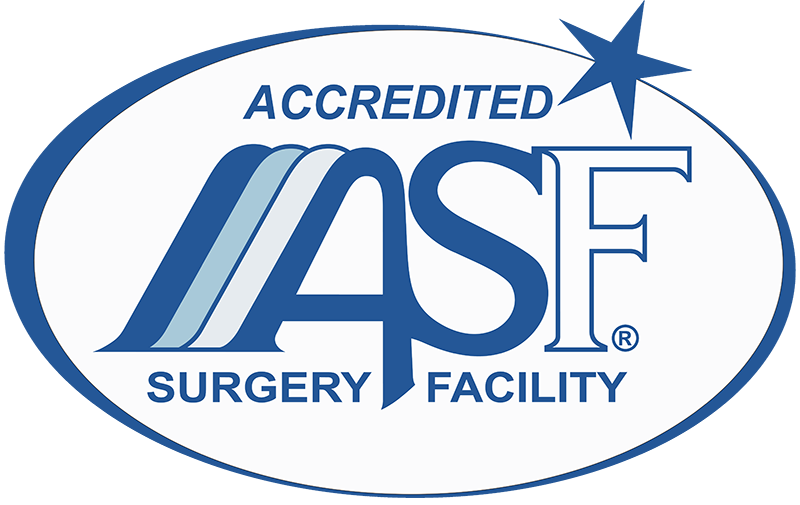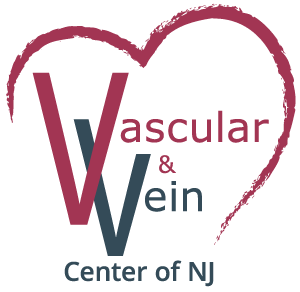Chronic Venous Insufficiency
Chronic venous infufficiency is a condition where the valves in your veins of legs do not work, causing blood to pool in your legs and putting increased pressure on the walls of the veins. This may be due to valve dysfunction (usually hereditary) or due to valve destruction after a deep vein thrombosis (DVT) or blood clot.
FAIRLY COMMON, USUALLY CHRONIC
May affect up to 40% of the U.S population. More common in women (especially after multiple pregnancies) and in people who are middle-aged or older.
TREATABLE – PREVENTING COMPLICATIONS IS IMPORTANT
• Usually treated with exercise, compression stockings and weight loss if applicable.
• When compression stockings and weight loss fail to alleviate the symptoms patients may require vein ablation or vein stripping.
• Occasionally treated with angioplasty and stents.
• Preventing severe complications such as venous leg ulcers is key.
OFTEN RECURS
Even with very successful treatment, recurrence is common and further treatment/s may be required.
Diagnosis
SEE A VASCULAR SURGEON
Your vascular surgeon will ask you questions about symptoms, obtain your medical history, including questions about family members. A detailed physical exam with focus on your vascular system will also be performed as part of your assessment.
TESTS MAY BE RECOMMENDED
Duplex ultrasound test to look at your veins and valves to see if they work.
In cases where severe swelling occurs and is difficult to treat, a computer tomography (CT) scan of the venous system to look for vein narrowing or blockage in your larger veins in your pelvis.
Treatments
NONSURGICAL. The main goal is to prevent severe swelling and ulcers from developing.
Compression garments relieve symptoms and aid ulcer healing.
If superficial veins are affected, they may be treated through vein ablation or injection.
If varicose veins develop and are close to the skin, they may be removed through MICRO PHLEBECTOMY, usually an outpatient procedure.
If deep veins are affected, in severe cases angioplasty and stenting maybe recommended.
In rare cases, surgical bypass may be required.
Symptoms
HEAVINESS and TIREDNESS
You may feel heaviness and/or tiredness in the affected limb is a typical symptom. Sometimes there is a darkening of the skin.
SWELLING & PAIN
An OPEN SORE or ULCER may develop—if your leg is affected, usually on the inside of the ankle—and it may be difficult to heal.
VARICOSE VEINS
Enlarged and twisted veins close to the surface of the skin may be a sign of a milder form of venous disease. You may feel burning, aching, heaviness and pain. Varicose veins may be an isolated phenomenon or may be associated with chronic venous insufficiency.
Staying Healthy
Maintain a normal weight
Exercise regularly
Wear compression garments
Maintain good skin care
If you have had a deep vein thrombosis (DVT), it is essential to stick with any anticoagulation medications you have been prescribed


